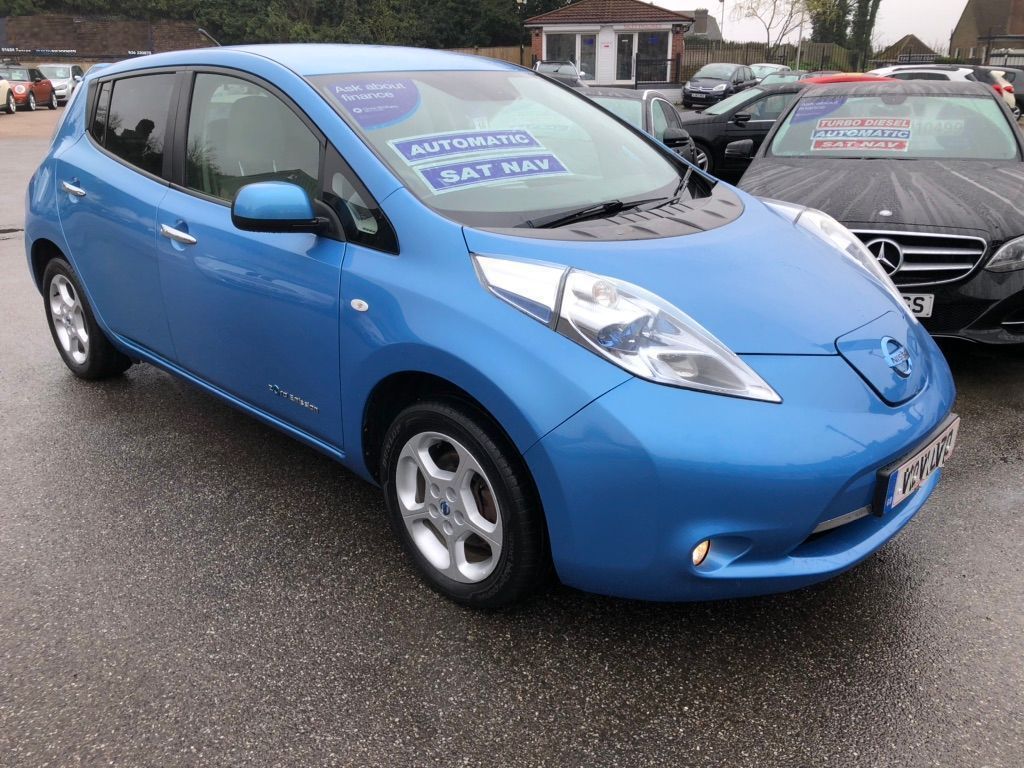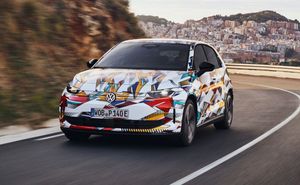If you’re starting to look for a used electric car, you won’t find more choice than with the Nissan Leaf. Launched in 2011, it was the first mass-produced electric car to have a sensible range, decent performance and practical space for a family. It went on to become the best-selling EV in Britain - and the world. There's now a new model out too - head over for our Nissan Leaf 2025 review.
That means there are thousands for sale to choose from now, ranging from £3,000 up to £30,000. But what should you look for when buying a car like this? After all there are no exhausts or head gaskets to check. In fact, there are only about 20 moving parts in EV motor compared to thousands in a petrol or diesel. Which means there’s less to go wrong. But that doesn’t mean you couldn’t come a cropper if you don’t do your homework.
Prices
The cheapest (intact) Leaf we have ever heard of was a high-mile early model which sold for £3,000, but you would need to be sure this would work for you as it will have low range.
More typical – and numerous – are cars from 2015 onwards. Leafs like this will have the 24kWh battery which should still be good for 85-100 miles on a full charge and have a surprising amount of equipment. Expect a car like this to cost around £7,500 with 40,000 miles on the clock. Models with the 30kWh battery are more desirable and will cost around £1,500 extra for the same age and miles.
From there upwards the Leaf gets more expensive, with a big jump when the new-look car was introduced in 2017. These models have bigger 40 and 62kWh batteries, updated looks inside and out plus some extra self-driving technology - but are fundamentally the same car.
The big battery question
When the Leaf was first launched, the naysayers suggested that the battery would only last three years before needing to be replaced and that it would cost thousands to replace. The truth is that the power packs do gradually lose capacity, but it is nowhere near as bad as some people predicted. In fact the Leaf power packs are proving to be really reliable so it’s not too much of a worry.
That said, it’s important to ensure your battery has been looked after and that you are prepared for it to lose capacity over time and use. Don’t expect a car which is has 85 miles of range now to be capable of covering the same in a three years’ time – if that is an issue for the journeys you do, then it’s best to save a little longer and get a newer model with a bigger battery. There’s a 30, a 40 and the newest 62kWh available in reasonable numbers on the used market now.
Handily, there is a way to check the batteries on the Leaf. There is a stack of bars curving to the right of the range meter When the car is new there are 12 of them. As it loses its capacity the bars gradually disappear, showing that you won’t be able to go so far on a charge.
Losing one or two once the car has done 60,000+ miles is normal, but it does affect the value. Not looking after the battery will cause the bars to disappear more quickly, so some Leafs may hold onto the bars for longer than others.
Don’t think you can rely entirely on the warranty either. Nissan covers the batteries on the older 24 and 30kWh models for five years or 100,000 miles while the newer model with 40 and 62kWh packs get eight years. But the company will only entertain a claim if the battery falls below 80% - which is nine bars on the meter.
However, most buyers would assume that Nissan would replace the battery completely under the terms of the warranty, and this isn’t true. Instead it will merely replace a few cells until the capacity is brought back up to above 80%. Sneaky huh?
If you find an early or high mileage car which is lacking a few bars, don’t dismiss it completely – it could still have enough capacity to get you to work and back every day and make complete financial sense.
Should I go for the 24, 30, 40 or 62?
Predictably, the battery tech gets better as the car gets newer. There is even a difference between the earliest 24kWh versions and the later, British-built models in terms of range. The 30kWh gives a useful extra buffer of miles, and is something of a sweet spot in the Leaf line up. The 40kW suffered from an issue which meant it didn’t like being rapid charged after a long motorway run and the 62kW, while useful, is heavier and doesn’t handle as well as the earlier cars.
Charging
All Nissan Leafs except some very rare Visia models – that’s the most basic version – have two charging ports under a flap right in the nose of the car. The larger one is called a CHdeMo, which is the DC rapid charger. It means you can charge at almost any public rapid charge point, with a ‘fill up’ to 80% taking about half an hour.
The smaller socket is for the lower-power AC power input. You’ll use this if you’re plugging in at home or at a public point at a station or supermarket, for example. With the biggest battery, expect it to take about about nine hours if you have a dedicated wallbox. The early 24kWs will be able to easily top up within a few hours.
But there is a desirable yet almost hidden option on some Leafs which allows you to charge in half the time. It’s the onboard 6.6kW inverter, which was a £600 option when new. The only way to know if the car you are looking at has it is to look on the dashboard display and flick through the options until it displays the charging time. If it shows two times, it’s a 7kW. If not, you have the standard slow charger.
If you intend to charge while you are out and about, you’re going to need cables. Your Leaf should have a Type 2 cable as a minimum – that’s the one which lets you plug in at public charge points. You might also get lucky and find a ‘granny charger’ in the boot. This means you can use a normal three pin socket in an emergency – but it’s very slow and you’ll be lucky to get a full charge even overnight with the smallest battery. A replacement for one of these is hundreds of pounds though, so if you think you’ll need it, look for a car which has one. If you can, it’s worth checking that the car charges properly too, even if it’s just using the granny charger plugged into a three-pin.
Interior
Inside the Leaf is pretty well-equipped and seemed really quite advanced when this car was new. There’s an app to control things like charging and heating remotely, which is really handy when it’s icy in winter and helps save the battery power too. Be warned though – the app is not the most sophisticated in the world and it can be frustratingly difficult connect.
You get sat nav as well, although it looks a bit clunky and dated now even on a brand new Leaf. If you like listening to BBC Radio 6 or the Kerrang then beware – DAB was only added in 2016. If you’ve an earlier car you’ll have to put up with FM.
You could also go the full retro and use a CD, by pressing a button to make the screen fold down. While you are playing with it, there’s another important check to do. The navigation uses a removable SD card for its mapping data, and it won’t work without it. They do go missing as they are easy to steal, but replacements have to be programmed by a dealer. That’s a faff, and is expensive.
Also, make sure your car has both keys as these are pricey to replace. All Leafs have keyless entry though, and the remote can also be used to open the charge flap.
If your car has a black interior, it means it is British-built. The earlier Japanese-made cars look very similar except they are beige inside and they won’t go quite as far on a charge, especially in winter as the heater is less efficient. Unless you are really on a budget, we say go for one of these later British built models.
The interior trim isn’t actually all that sturdy on the models with a fabric interior either, although shiny cloth is usually not worn, and can be brought back to life with a decent valet.
Service history
While you’re inside the car, check the service book. If it’s been maintained at a Nissan dealer there will be a detailed report on the condition of the battery and it will have had its safety recall and software updates done. The other advantage is that the dealer will automatically pay for you to have full RAC cover for the next year. A full service needs doing every two years and is £229 while a minor service in between is £179 – that’s much cheaper than a conventional car.
What trim level?
The Japan-built cars only had one trim level, but the arrival of the British-built Leafs brought a ladder of models. The rare Visia is easy to spot as it has steel wheels and plastic covers. These were often sold to companies who used them as pool cars (at places like Heathrow Airport) and some won’t have essentials such as navigation or a CHdeMo charging socket. If they are cheap and these extras aren’t important it can make a sensible buy, although selling it on will be tricky.
Next up is the mid-range Acenta model with 16-inch alloy wheels. These aren’t as attractive as the 17s fitted to the Tekna model, but the tyres are much cheaper and we think it feels a bit more comfortable on rough roads too. You’ll also find the wheels are much easier to repair if they’ve been kerbed as the Tekna’s are polished rather than painted.
You might also still stumble across a car which is called a 'Flex'. You need to be careful here as they were originally tied to a battery lease scheme. It made the car cheaper to buy but meant you had to pay a monthly fee for the battery. It's a complicated arrangement and most have been released from the commitment, but you'll need to double check.
Crash course
Unlike the BMW i3, the bodyshell of a Leaf is relatively conventional and made of easy-to-fix steel. But many bodyshops will not be qualified to deal with electric cars and might not have taken the precautions needed to fix it properly. If anything doesn’t seem right, then just try to find another car or at least invest in a professional inspection.
The other bits
Most of the rest of the car is made up of parts shared with other, conventionally-engined, Nissan models. So it should be cheap to maintain and repair. However, bear in mind that there are very few EV specialists outside of the dealer network at the moment and some old-fashioned garages might refuse to work on an electric car – even if it is for something unrelated to the drivetrain, such as brakes or suspension. As a result you may be forced to pay dealer prices for parts and labour.
Other bits such as control units can be expensive too, but are only likely to cause issues if they have been exposed to moisture. Poor windscreen repairs are the main cause of this, so be careful of any car that smells damp or has soggy carpets.
Summary
The Leaf is one of the best electric cars to buy used, purely because there is such a wide choice available and they have proven to be reliable. Choose carefully, making sure it will fit in with your driving needs and it should provide inexpensive family motoring which is surprisingly fun. But don’t rush to buy the first car you see if it’s not right - thanks to the popularity of the pioneering Nissan, there are plenty more fish in the sea. Or perhaps it should be plenty more Leafs on the tree.










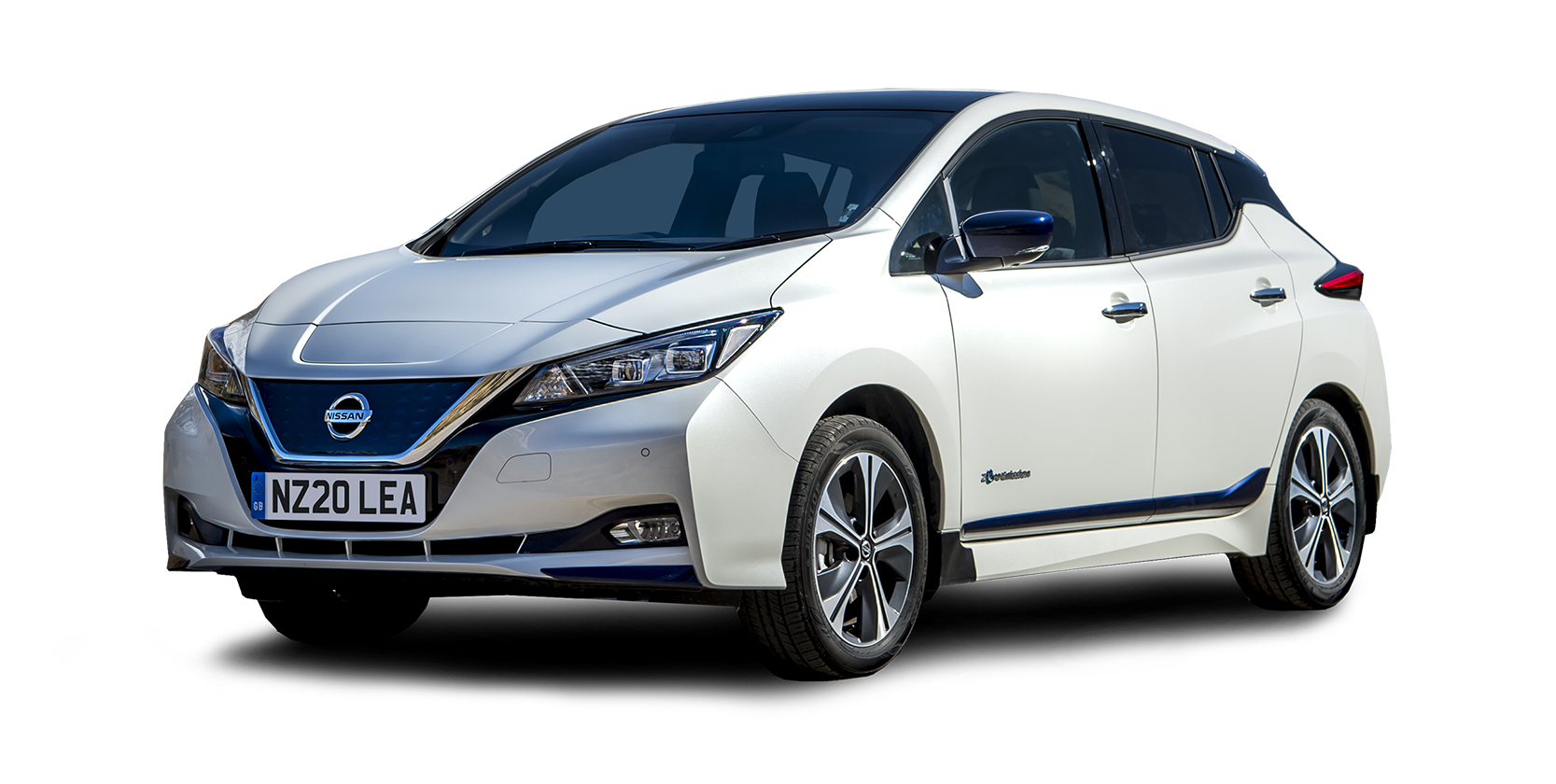
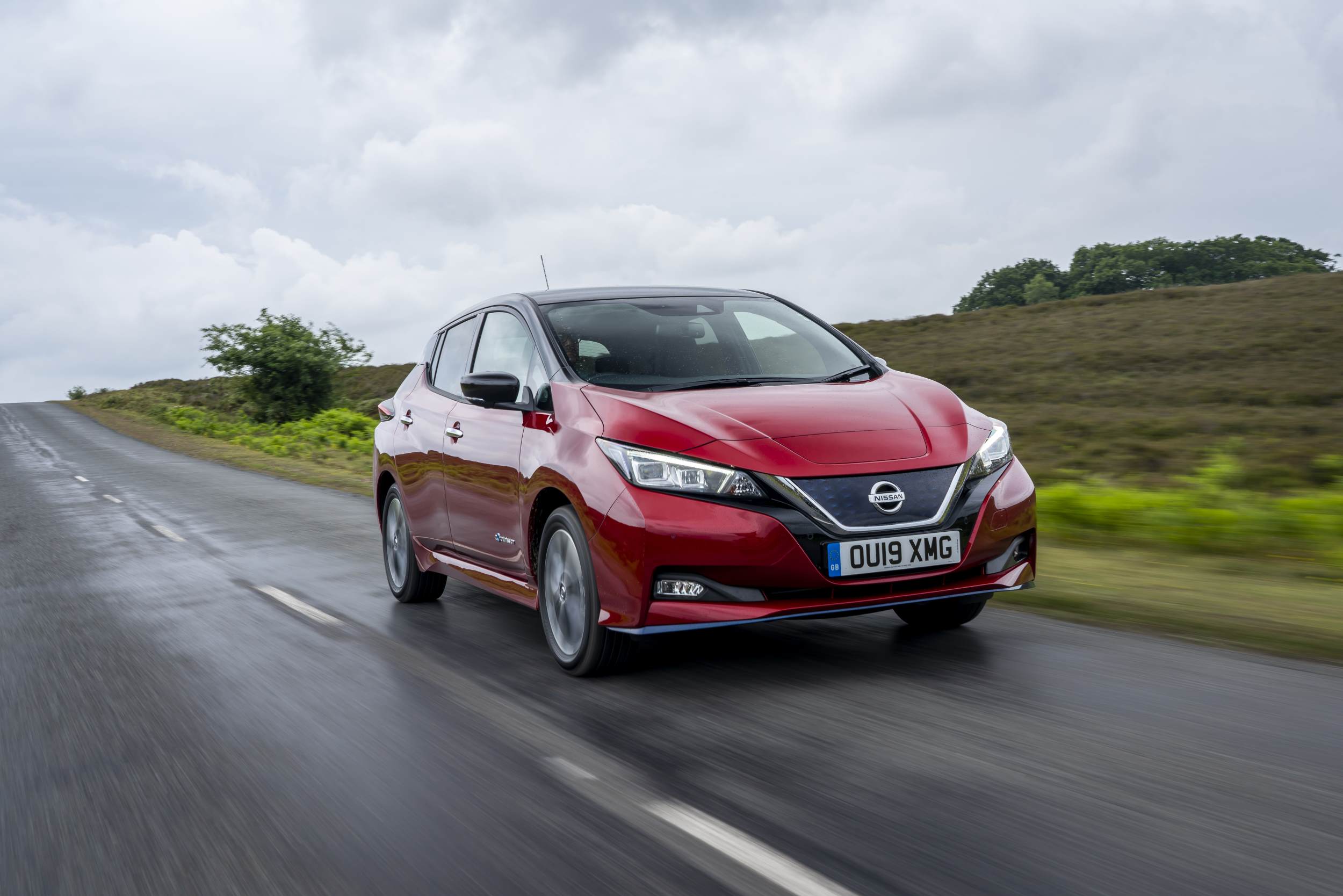.jpg)
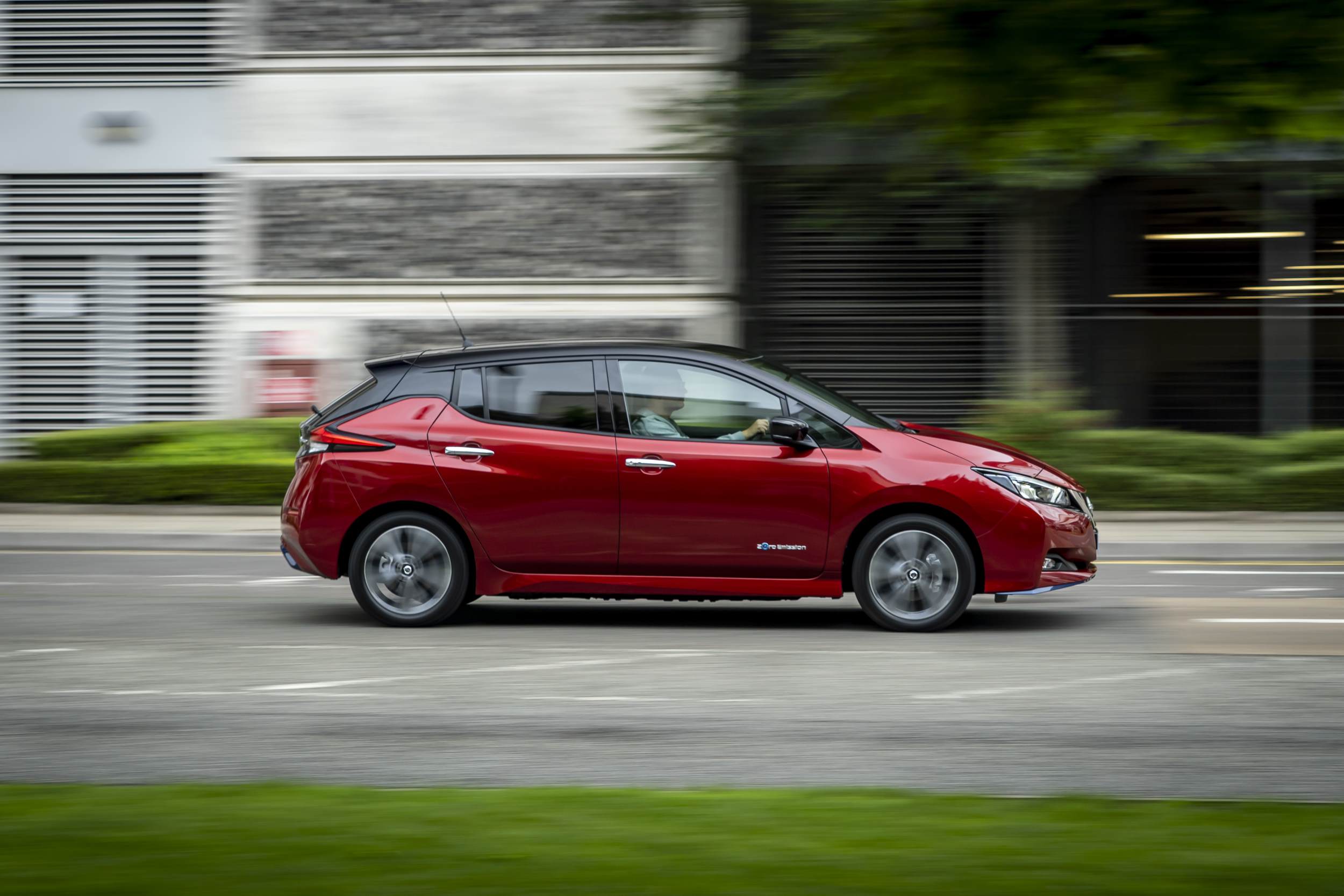.jpg)
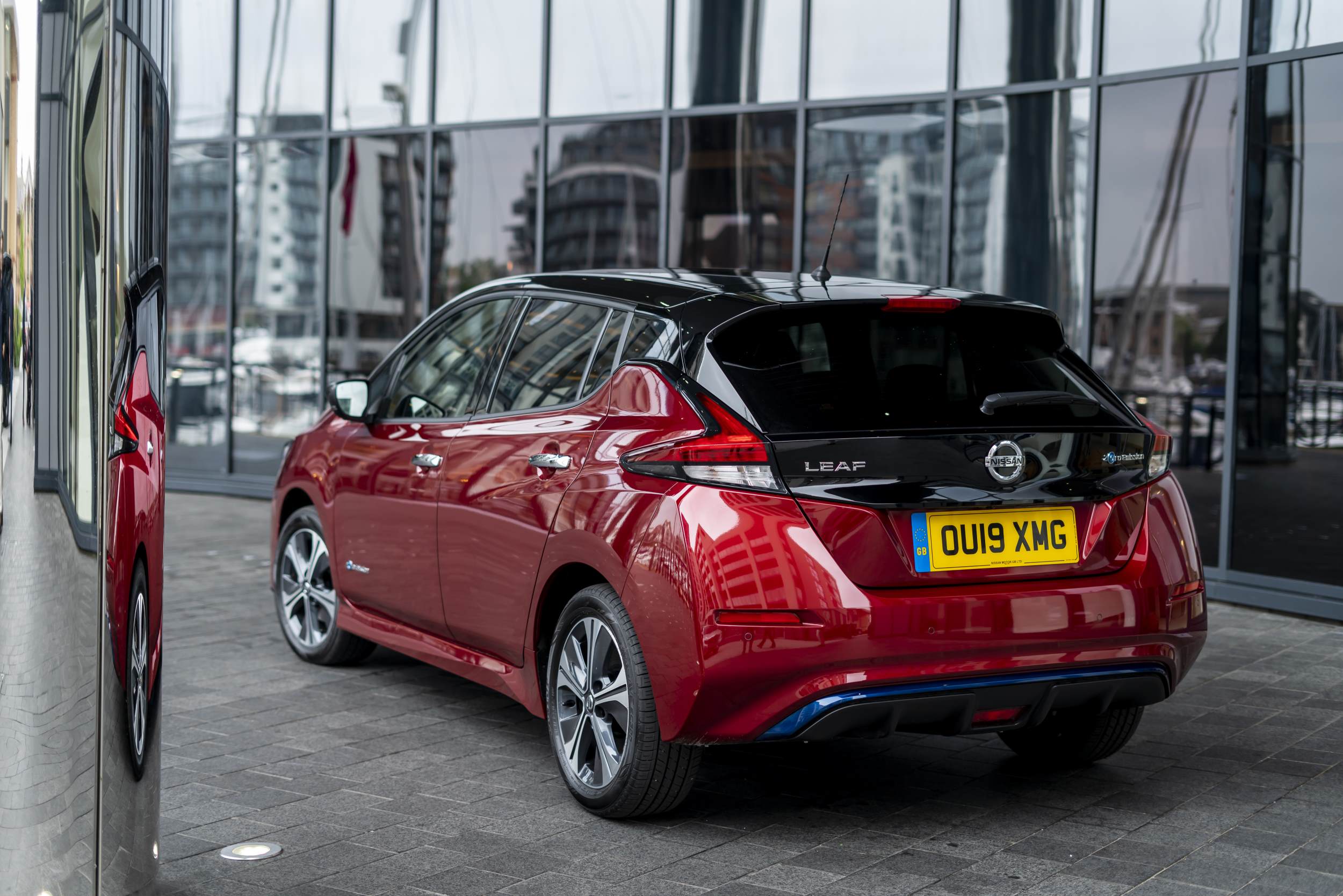.jpg)
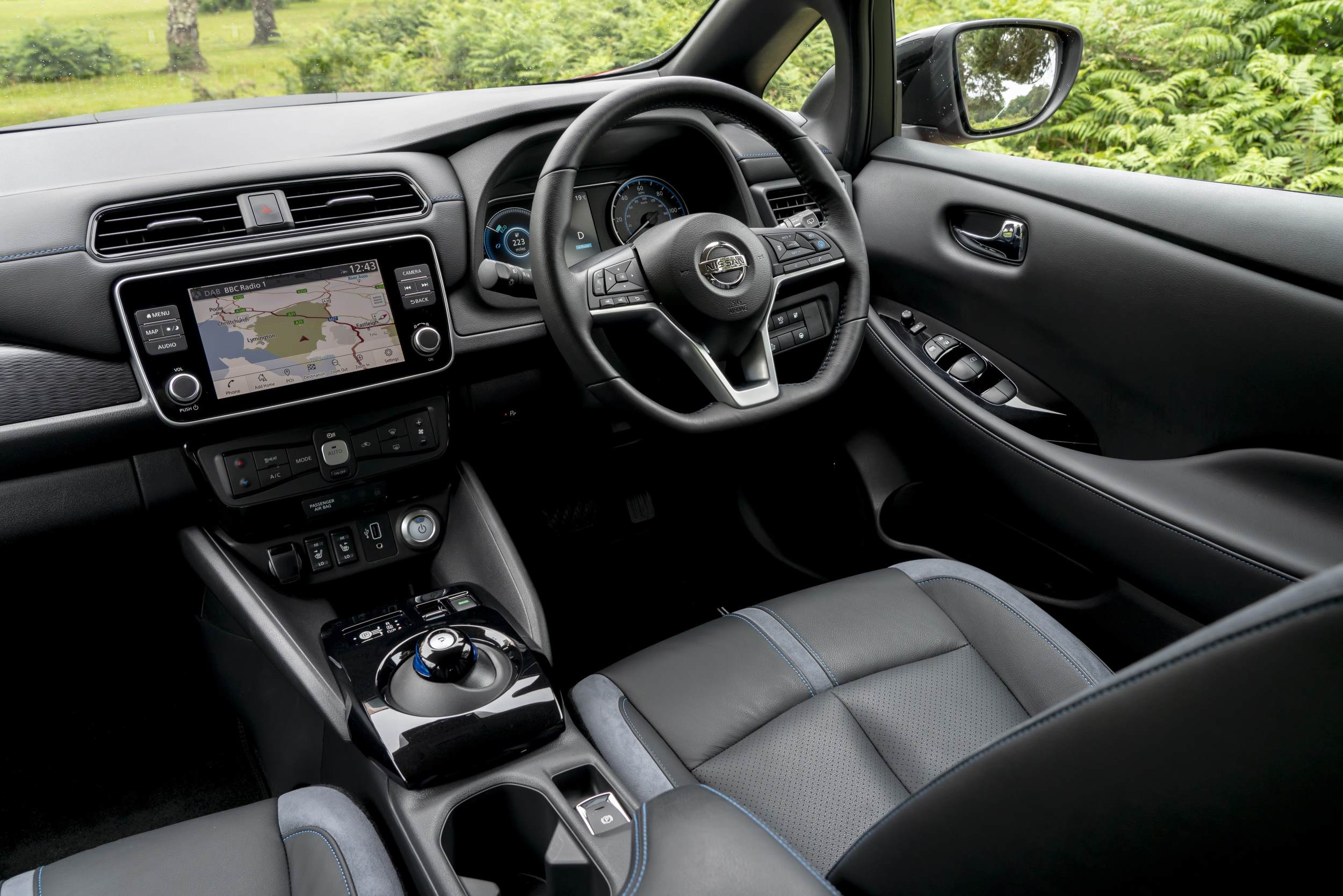.jpg)
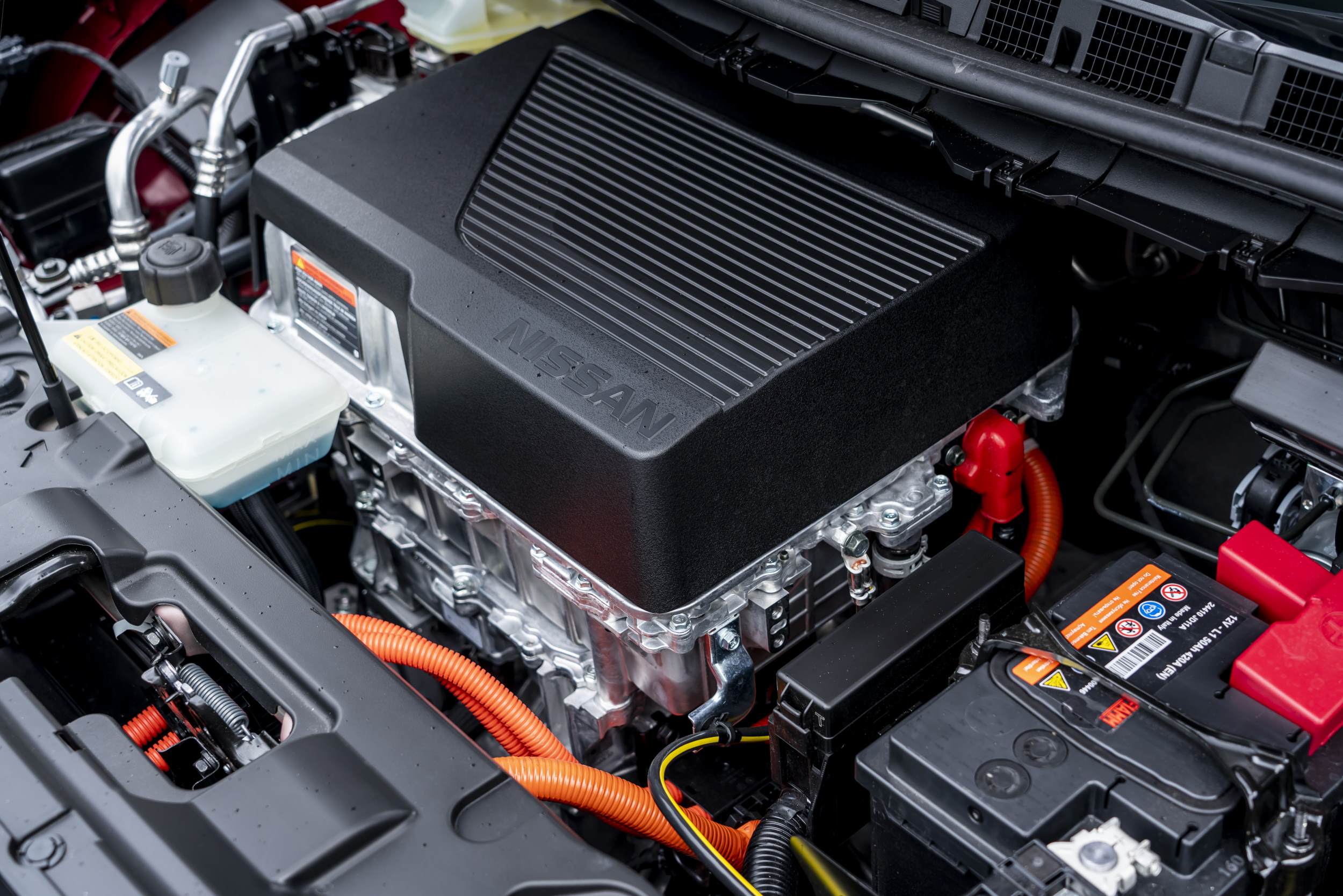.jpg)

